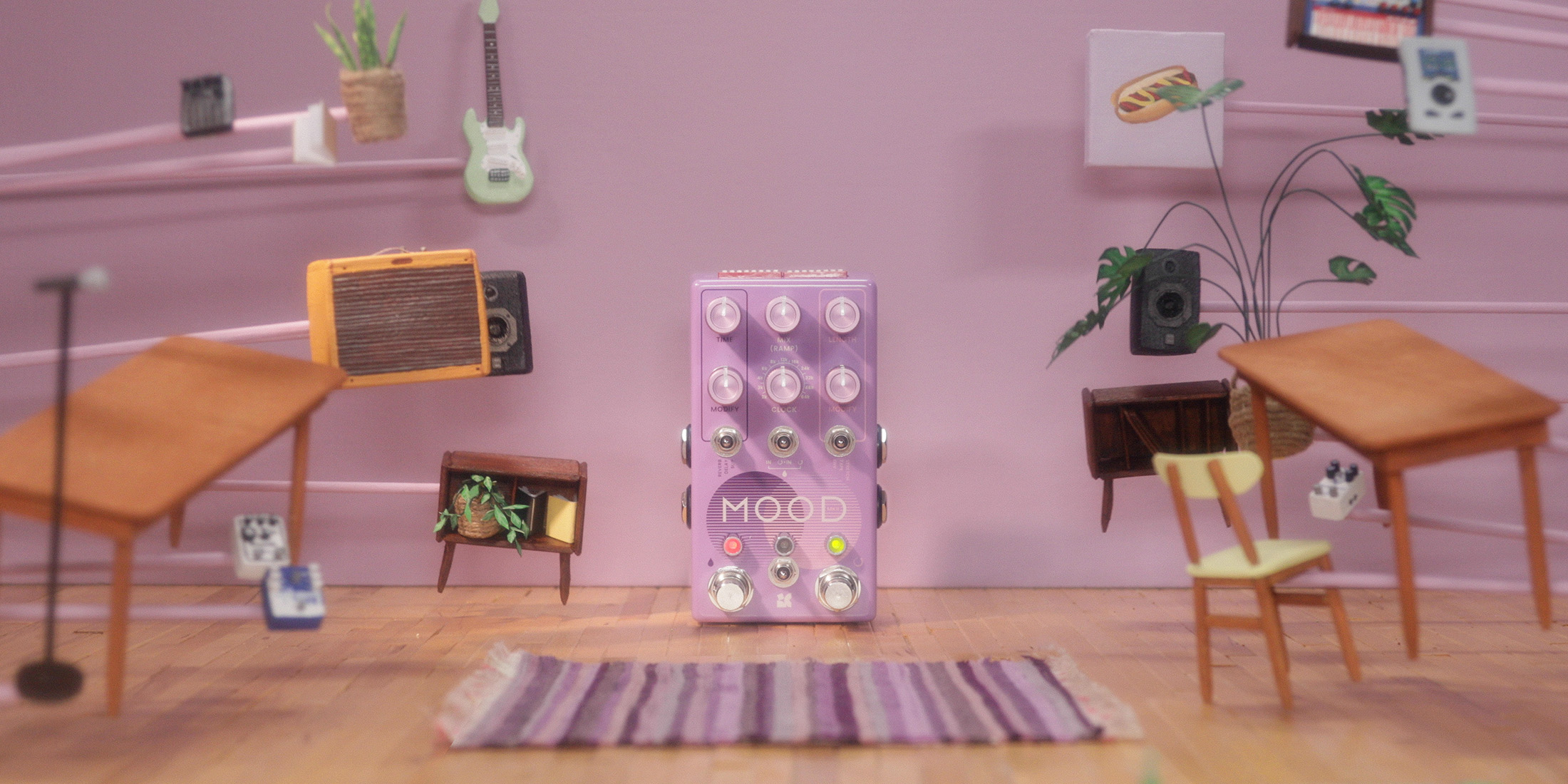Matt Latterell had an eye-opening experience at the Minneapolis headquarters of Chase Bliss. Latterell, a musician and artist who was working on an animation project with Chase Bliss, asked if he could spend some time among the people who create the company’s guitar and synth effects pedals.
“I sat at the bench while they were making their pedals, soldering pedals around me and I was drawing on my iPad,” remembered Latterell, “and they took a break in the middle of the day to watch a film about ableism.” The screening was followed by a discussion of the rights of people with disabilities.
“They really have a culture of creativity, and he lets people be their full selves,” said Latterell about Chase Bliss founder Joel Korte. “They definitely do more than just work on pedals.”

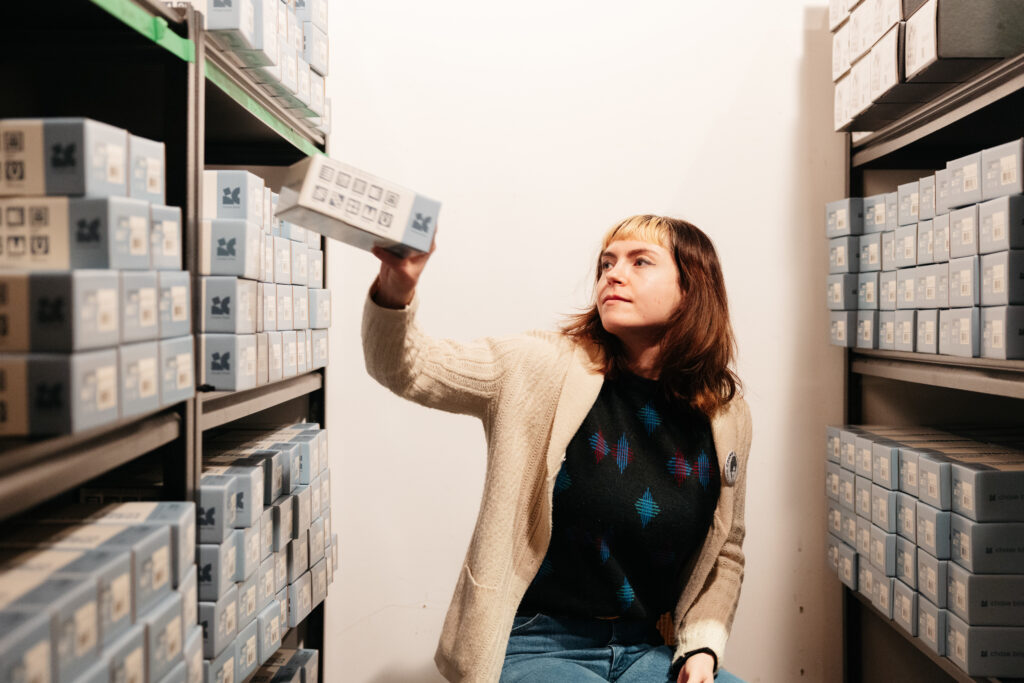



The list of guests on Latterell’s project, a gently absurd web series called Starby, indicates the stature of Chase Bliss in the music community. Ed O’Brien (Radiohead); Jeff Tweedy and Nels Cline (Wilco); and Vernon Reid (Living Colour) are among the musicians who voiced themselves as characters in the series.
The fact that an effects pedal company would sponsor an animated web series, apropos of nothing in particular, speaks to the value the company places on being part of a broader artistic community.
Joel Korte describes himself as “addicted to collaboration.” Chase Bliss is built on a foundation of partnership and mutual respect, a principle that extends beyond the company’s walls.
“When we all do better, we all do better,” said Korte about the collegiality he’s found within the music industry. “I can make a way better and cooler product if I work with people that really are able to have a complementary skill set.”
Chase Bliss was founded in 2013, after Korte spent four years getting hands-on experience at ZVEX: another successful Minneapolis maker of effects pedals. The company is named in honor of Korte’s late brother Chase, whose personal philosophy was “follow your bliss.”
Initially, Joel Korte was the only engineer at Chase Bliss. “Since then, I’ve been able to hire two additional engineers,” said Korte. The team includes specialists in both hardware and programming, since Chase Bliss is known for pedals that combine analog and digital elements.
Although an effects pedal is ultimately a piece of equipment used by artists — you connect your instrument to the pedal, connect the pedal to an amplifier, and play — art goes into the pedals themselves as well. In fact, at Chase Bliss that’s how the process commonly begins.
“Our artists will come up with some art very early in the process,” explained Korte. “Then one of our engineers will be writing some code or designing a circuit board, and there will be some kind of discovery that’s made through that process.”
“You could really geek out on their pedals. I don’t even know what half the things do on their pedals,” said Latterell. “They really embrace randomness and creativity, while also containing the utmost sophistication in their technology.”
Chase Bliss pedals include the likes of Lossy: a pink pedal that simulates the effect of digital degradation, evoking nostalgia for the Napster era. Generation Loss MKII takes a similar approach to the era of magnetic tape, when speed could go wonky and dropouts were a plague.
MATT LATTERELL, ARTIST AND MUSICIANThey really embrace randomness and creativity, while also containing the utmost sophistication in their technology.

Deliberately making your guitar sound like it was recorded on an ’80s cassette deck? That sounds like the kind of idea that would come not from an engineer but from an artist.
“That company is stacked with skilled engineers … and they’re musicians, too,” said Latterell. “Joel is probably an engineer first, who then just has a love for art and creativity.”
“It’s actually really analogous to being in a band,” said Korte about designing pedals. “There will be events that happen through the songwriting process that inform everything else. It’s almost like a quest, with a lot of cool and fun and interesting people to collaborate with.”
Today’s global supply chain allows Chase Bliss to remain based in Minnesota, and do some manufacturing there, while also working with partners in California and Taiwan. An employee moved to Amsterdam to start a distribution hub there, serving the company’s numerous European customers.
“With technology and Zoom and everything, it’s pretty easy to get in touch with people,” said Korte. “I grew up in Minnesota. I have three kids now. My parents are close by, my partner’s parents are close by. I love Minnesota.”
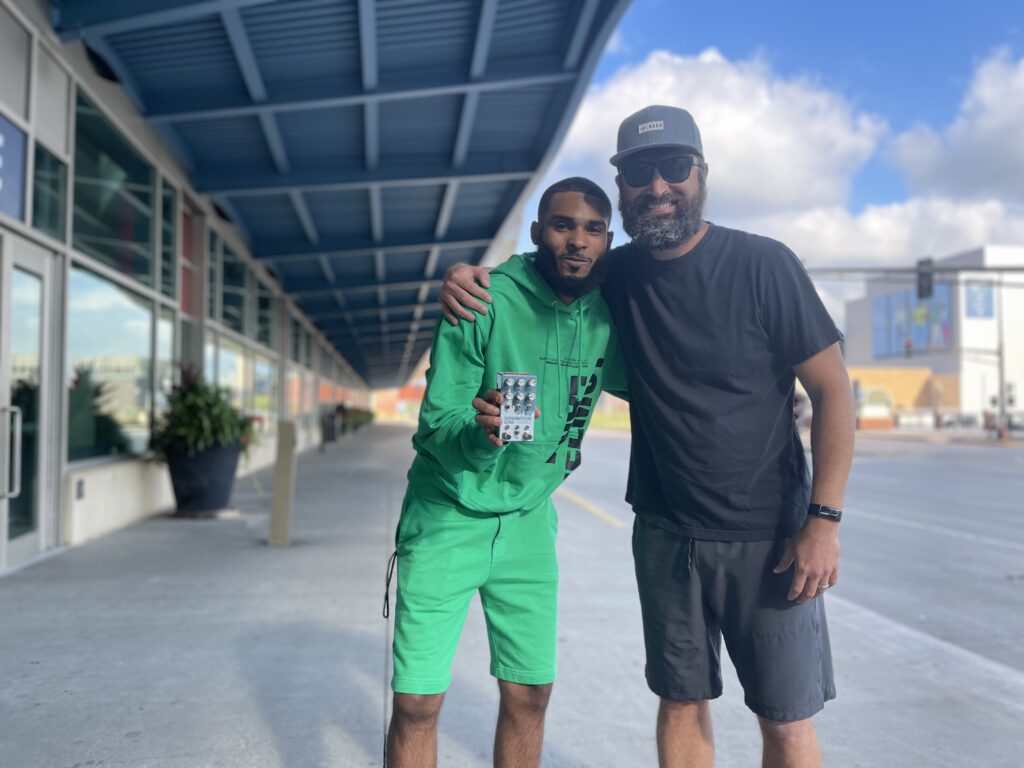
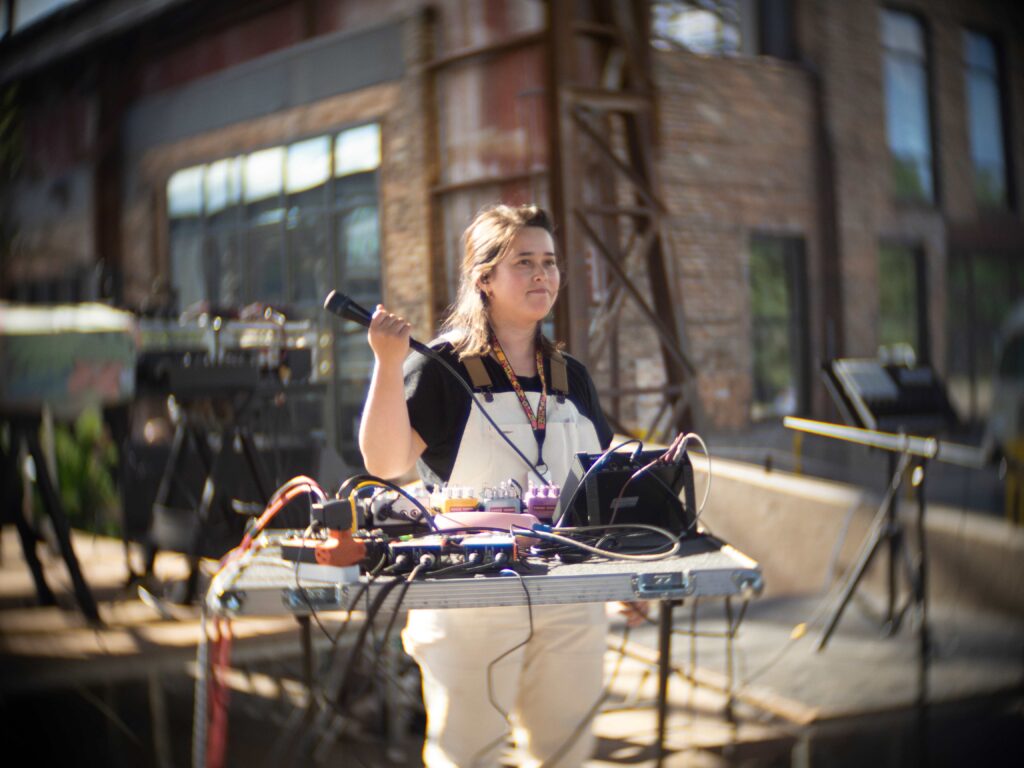
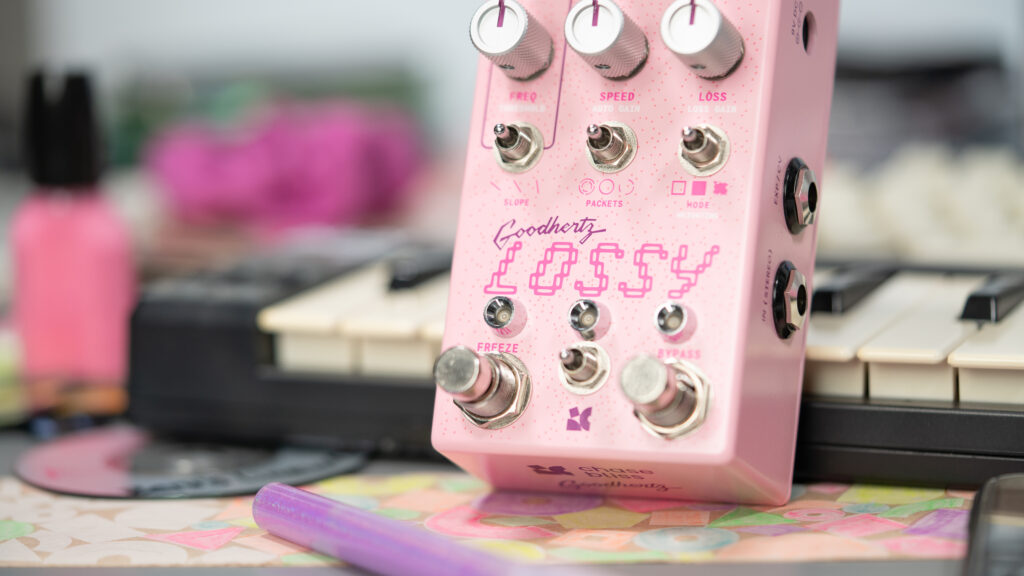
Among the people he keeps in touch with: those famous friends. His connection with Ed O’Brien is especially meaningful.
When O’Brien first contacted Joel Korte, he was interested in a pedal but also shared kind words about a video he had seen in which Korte — who stutters, himself — mentored kids who stutter. “I firmly believe that stuttering has been a net positive in my life,” said Korte.
“The reason I’m such a big Radiohead fan is because of my brother,” Korte continued. “I remember listening to Radiohead records in his room when we were growing up.” Chase Korte died in 2007, killed by a drunk driver.
“To have that all come full circle,” said Korte, “the connection with my brother, the stuttering connection…it just felt like getting everything in its right place.”
